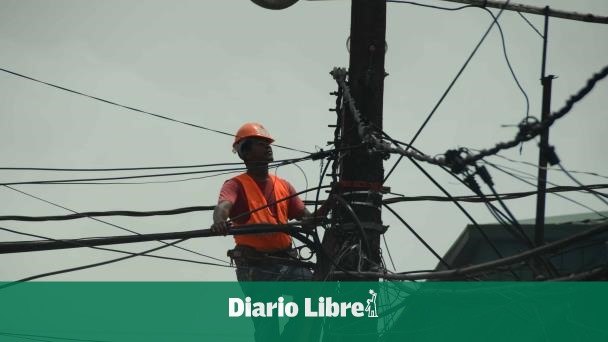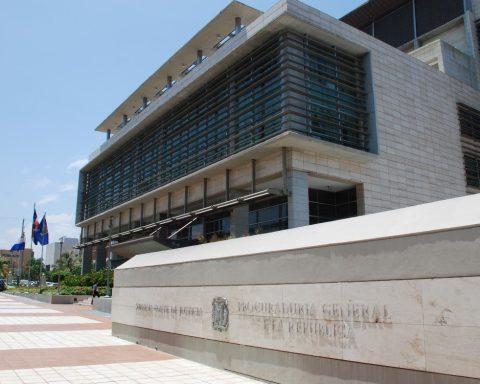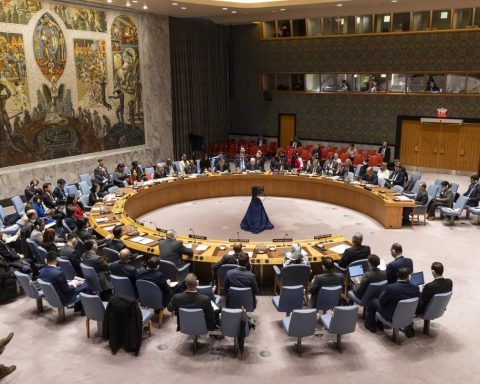Not all the electrical energy that is produced is sold and invoiced. Therefore, all electricity distribution companies generate losses that can be technical or commercial. In both cases, the lost surplus constitutes a negative economic impact for the Government, which must buy more energy to supply homes.
Although the Dominican Republic has managed to reduce the energy losses at approximately 3.4% per year, it continues to lead electricity loss statistics compared to four countries with similar data, according to the Energy Monitor of the Ministry of Economy, Planning and Development (MEPyD) corresponding to last April, but recently published.
One part of the energy produced by electricity generators is distributed in the National Interconnected Electric System (SENI), another part is used to keep distribution equipment and software in proper working order, and a percentage is lost in the marketing process due to lack of storage.
The MEPyD analyzed the country’s energy distribution performance from 2016 to 2019 and compared it with other countries that have similar data on electricity, through its Energy Monitoring.
The result of the analysis carried out by the MEPyD indicates that the Dominican Republic leads the percentages of greatest losses with 28.4%, after comparing data on annual percentages of energy loss of the electricity distribution companies of Kenya (19.6%), Uganda (17.5%) , Panama (13.6%) and Costa Rica (10.5%).
local supply
From 2017 to 2021, the Electricity Distribution Companies (EDEs) reported, on average, 30.4% in losses of the amount of energy they had to supply the electricity service. Edeeste, with 42.6% in percentage losses, surpasses Edenorte, which registered 30.4%, and Edesur, with 22.9%.
The Ministry of Economy indicates in the document that the commercial effort of the EDEs has made it possible to increase the number of customers billed, as well as the number of circuits with service offered without interruptions, which contributes to improving losses.
The document highlights that the three distribution companies increased their billed customer base on an annual average between 11,000 and 59,000 new customers. Edesur increased its billing client base by some 59,097 and registered an average annual reduction in losses of 0.9 percentage points.
Similarly, Edenorte presented an average increase of 53,659 clients and an annual decrease in losses of 1.5 points. While in the case of Edeeste, the relationship is different: the average annual increase in equivalent customers was 11,161, accompanied by an average increase in losses of 3.2 points.
Regarding the analysis of the losses that have been registered in the SENI, the report highlights that “the commercial management of the EDEs has not been able to add value to the assets under their administration” and considers as part of the solution, in the medium term, the possibilities to integrate more renewable energy as well as energy storage and install digital meters.
“In this way, the electrical system can grow with fewer deficits and greater energy independence for the country,” he says.
digital meters
Another aspect that could be favorable for the country to efficiently manage its supply system is the installation of smart meters that allow real-time evaluation of energy consumption per household to redirect excess energy to storage spaces or other productive areas. that require it.
The Energy Monitor of the MEPyD evaluated the development of smart meters installed internationally and proposed a local test in selected sectors with which they estimate various benefits for users and the State, via loss reduction.
The ministry calculates that the first year losses are estimated at 25.0%, while for the second year, this percentage could be reduced to 20%. Between the third, fourth and fifth years, the losses would be reduced to 15% until reaching 13% from 2025.
It stands out that, given the efficiency of these teams, the deficit could be reduced by up to 8 or 10%. Regarding billing, it indicates that, if this technology had been adopted in 2020, billing would have been 59.1 Gwh higher than that registered.
In that order, he considers that there should be an integration between the data transmitted by the digital meters and billing processes. This involves major changes to traditional business processes. But they warn that, without significant changes in the commercial and managerial culture of the distribution companies, the expected benefits of the technology would not be attainable.
















